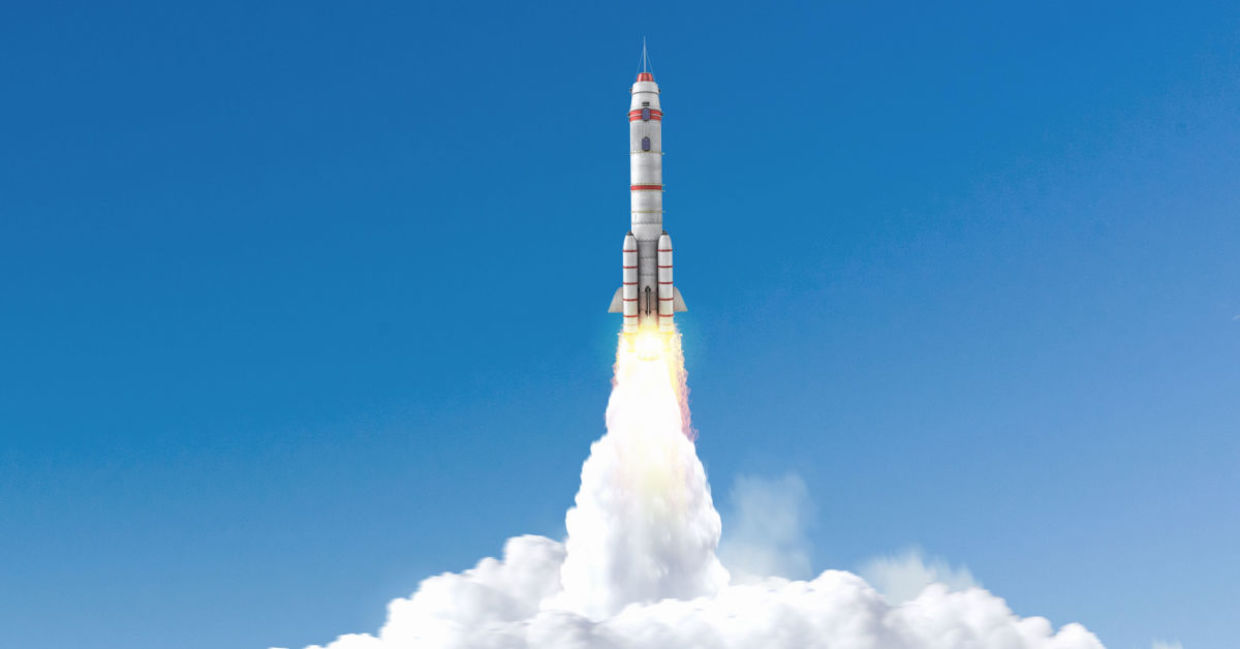
(Sergey Nivens / Shutterstock.com)
With the capacity to build a rocket in 60 days at a quarter of the cost of a NASA rocket, Relativity Space is the first company to 3D print and successfully launch a rocket into space.
“Today’s launch proved Relativity’s 3D-printed rocket technologies,” tweeted Relativity about its March 23, launch. “We successfully made it through Max-Q, the highest stress state on our printed structures. This is the biggest proof point for our novel additive manufacturing approach.”
Making 3D-printed rockets a reality
The largest metal object that has ever been 3D printed, the ship was brought to life by Relativity Space, a California-based company determined to revolutionize rocket manufacturing methods, CTV News reports. They employed enormous 3D printers capable of producing massive parts and were able to print similar rockets, including the engines, in just 60 days.
"So 85 percent of the rocket by mass….is 3D-printed," Josh Brost, senior vice-president of revenue operations at Relativity Space, reveals to CTV News.
Moreover, this groundbreaking rocket holds the title of the world's first 3D-printed rocket and is potentially the first to employ liquid oxygen and liquid methane propellants. Brost described these propellants as "the propellants of the future for what will be reusable rockets."
According to Relativity Space, this innovative approach allows the ship to be assembled in a fraction of the time and at a quarter of the cost compared to traditional methods.
Because the 10-story-tall rocket is mostly printed, it has 100 times fewer parts, according to CTV News. The primary purpose of this rocket is to carry small satellites into space for customers like NASA.
#Goodluckhavefun
While its engines have undergone extensive testing, the launch was the first attempt by the company to reach orbit. The company designed its own machines to fabricate both large and small parts, from tanks to engines, reports the BBC, with its eventual goal being to have more than 95 percent of the rocket 3D printed.
“We have the ability to demonstrate a brand new way of manufacturing large aerospace systems that has the potential to make access to space less expensive, more frequent, and reliable. And that definitely has positive impacts on people's lives on Earth, and will for years to come,” Brost tells CTV News. “Things are looking great and the team is feeling good and excited to get the opportunity to test the system in flight.”
The company's objectives for the inaugural flight included proving the survivability of a 3D-printed rocket under various conditions, particularly during the first-stage ascent, which Brost referred to as “the point of maximum dynamic pressure,” he told CTV News.
Hoping to boldly go where no printed object has gone before, the team behind the rocket fittingly named its first mission “Good Luck Have Fun.”
“Today is a huge win, with many historic firsts. We also progressed through Main Engine Cutoff and Stage Separation. We will assess flight data and provide public updates over the coming days,” they tweeted.
YOU MIGHT ALSO LIKE:
Introducing a Space Capsule to Float People Into Space
NASA Goes Green with New Rocket Fuel
For the First Time Ever, Plants are Growing in Soil From the Moon!







